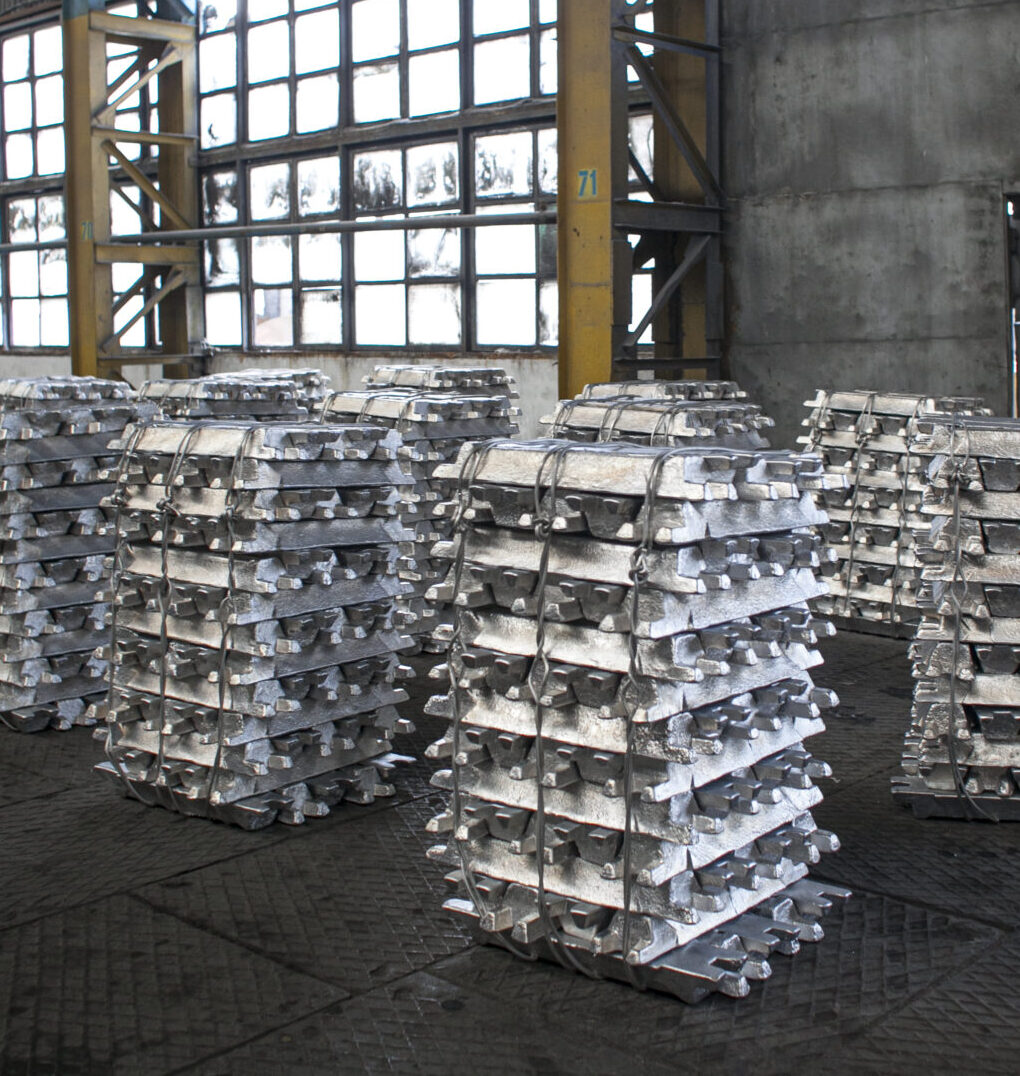Scientists at Harvard describe their worst climate fears
Climate models can point to a terrifying future. Some scientists prefer not to discuss the implications of their models in public, fearful they’ll be branded alarmist or, worse, make people lose the will to decarbonize.
Yes, the implications of climate change are grim. In an overheated world, the forces of extreme weather, sea level rise, and biodiversity loss threaten to interact in ways that will challenge future generations with mass migration, epidemics, and interruptions in food production.
But these facts must be examined if people are to prepare, top scientists from Harvard and Princeton agreed at a June 11 Harvard Climate Action Week panel entitled “What Could Go Wrong?”
“We must communicate the real risks more clearly so that we can prepare for what’s coming,” said moderator Daniel Schrag, Sturgis Hooper Professor of Geology. “Because we’re doing an experiment on the planet that hasn’t been done before. We are pushing Earth to a place that it hasn’t been for millions of years, at a rate that’s never happened before.”
Panelists explained where they believe policymakers are underestimating the impacts of severe climate shocks.

Describing his research on the health effects of extreme heat, Kaighin McColl, Assistant Professor of Earth and Planetary Sciences, forecast a “plausible scenario” where “parts of the tropics become uninhabitable by the century’s end.”
Mass migration from those areas could destabilize governments elsewhere, warned Caroline Buckee, Professor of Epidemiology, who stressed that health systems are already cracking – and too little was learned from the coronavirus pandemic. Buckee warned that while populists governments try to keep out migrants with hardened borders, walls do not keep out infectious disease.
“We often model infectious disease as if it’s a forest fire. And from a forest fire perspective, we’re basically making bonfires everywhere, piling up kindling ready to go,” she said.
In addition to extreme heat, people can be forced to migrate when their crops fail.
While plants can survive too much water, or too little, or hot weather, these extremes weaken them, said Missy Holbrook, Charles Bullard Professor of Forestry and Director of the Harvard Forest. Under such conditions, “pests and pathogens come in and we see what you might think of as a regime shift in the ecosystem,” she said, explaining this is already happening in many parts of the world. In New England, for example, weakened hemlock trees are succumbing to invasive insects and being replaced by black birch.
“We see our ecosystems transform, usually in directions of higher disturbance, more susceptible to fire, less carbon storage and altered biodiversity – usually in ways that we don’t like,” Holbrook said, adding that the combination of global warming and disease push great bioreserves like the Amazon rainforest close to a tipping point beyond which they could disappear.
The warming, drying climate alone is already close to condemning the Amazon. But “its disappearance will accelerate because of diseases; it will go much faster than the climate models alone say. That’s what I’m really worried about.”
Into this nightmare scenario Gabriel Vecchi, Knox Taylor Professor of Geosciences at Princeton University, introduced extreme tropical storms – hurricanes so powerful that the Saffir-Simpson Hurricane Wind Scale should be redefined to include categories 6 and 7.
“I am really spooked about what storms can do to us,” Vecchi said, speaking of unprecedentedly warm Atlantic waters and the certainty that “sea levels are going to rise and continue to rise.”
Combine power outages and water shortages during heat waves with the spread of disease, and “people are walking around like ticking time bombs getting ready to get infected. You can imagine all sorts of downstream effects from these storms. They’re scary enough, but you start thinking about the interactions between storms and these other vulnerabilities, including the social vulnerabilities that we’ve created for ourselves, that is scary.”
Reasons for hope
Together these challenges may cause political upheaval and the disintegration of governments, the panelists agreed.
For Vecchi, hurricanes striking the U.S. East Coast portend a domestic political tipping point. If policymakers do not begin considering how to move people away from the seashore, the economy may force them.
“Over next few decades I think it is quite likely that we will see storms of an intensity that we have not experienced before – even as we have placed wealth and people in the way,” he said. “Who is going to insure us and reinsure us when we have three storms in a row?”
Buckee advises global health policymakers to move out of the rich world to the frontlines in the Global South.
“Global health must be turned on its head,” she said. “We must take seriously the notion that communities should be equipped to take care of outbreaks themselves.”
While at least one audience member reacted to the forbidding forecasts with a desire to crawl under a rock, Schrag steered the conversation to human action and ingenuity. It is not too late to mitigate, to adapt, he stressed.
“To me there is a lot of hope in the human response. But that response will only happen if you describe what the issue is,” Schrag said. “Giving people hope based on illusion is not hope. It’s just delusion. We’re scientists and we have to tell the truth. That being said, where does hope come from? I think it comes from us. We can all make a huge difference in the world.”









